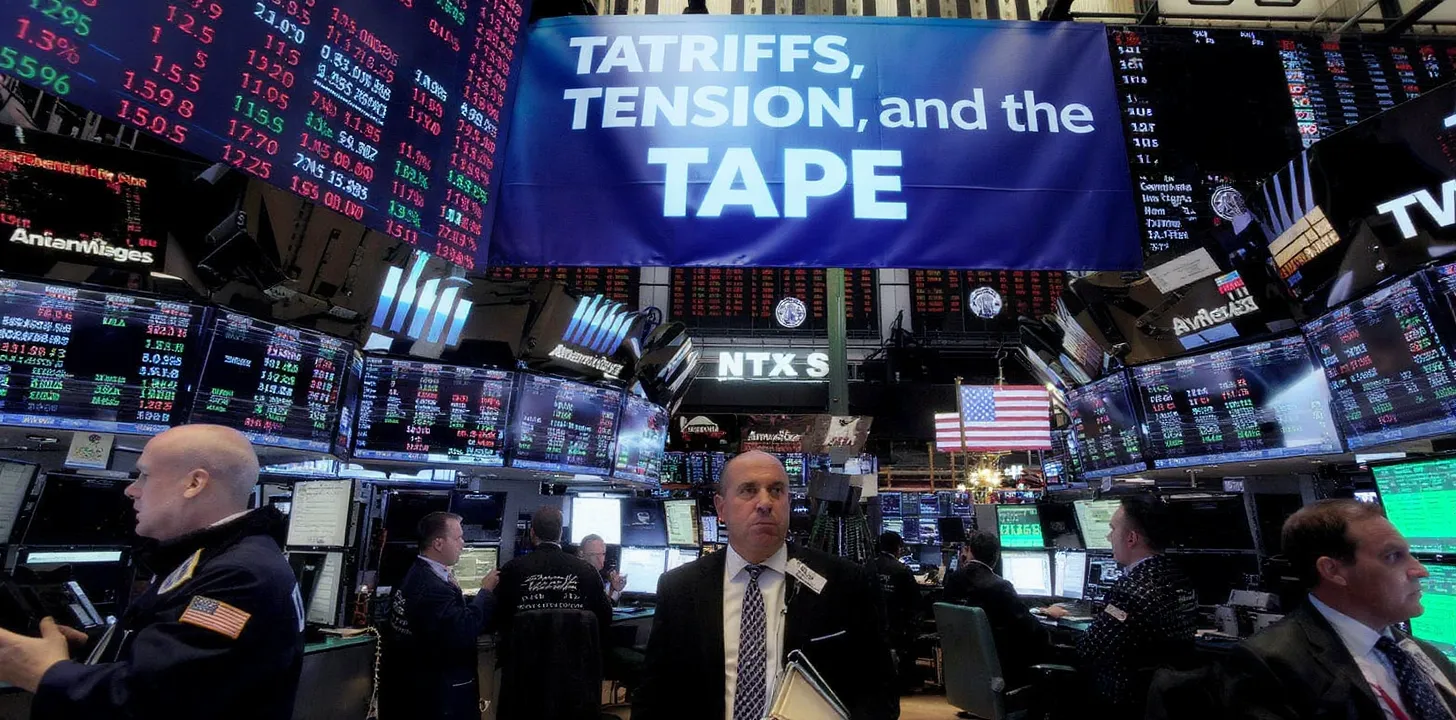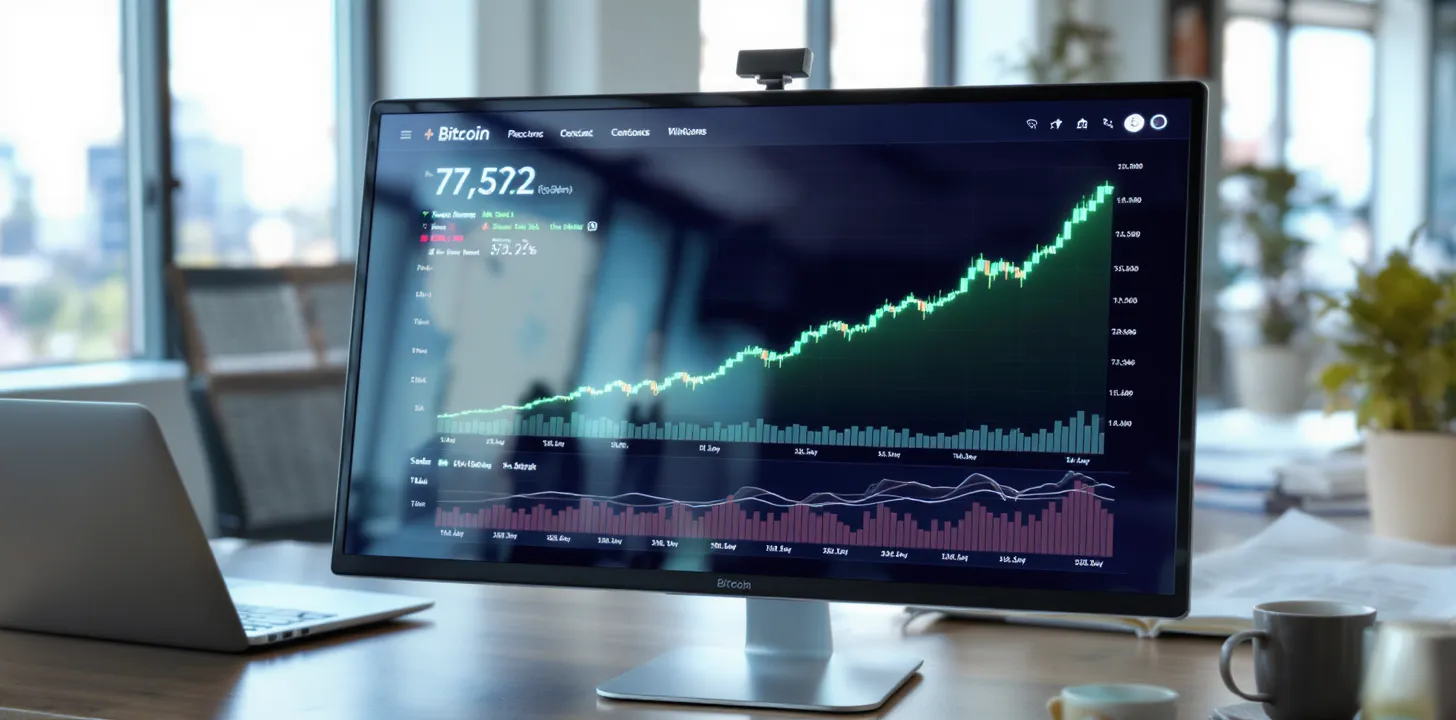The One Big Beautiful Bill: Shockwaves Across U.S. Equities
The One Big Beautiful Bill: Shockwaves Across U.S. Equities
Executive summary
On July 2 2025 the Senate approved President Trump’s “One Big Beautiful Bill Act” (OBBBA) by a razor-thin 51-50 margin, Vice-President JD Vance casting the tie-breaker. The 887-page package combines permanent extensions of the 2017 tax cuts with brand-new incentives for tips, overtime and U.S.-assembled car loans, while rolling back many Inflation-Reduction-Act green subsidies and trimming roughly $930 bn from Medicaid and SNAP. The Congressional Budget Office projects an extra $3.3 trn in cumulative deficits over ten years
Equity desks greeted the vote with a classic “re-opening trade”: higher Treasury yields, a firmer dollar and a brisk rotation into value-cyclical shares. This report maps the impact—macro to micro—without the aid of tables, so you can absorb the narrative flow in one continuous reading.
1 What exactly is in the bill?
Tax pillars
Makes the 2017 Tax Cuts and Jobs Act permanent for individuals and passthroughs.
Cuts the headline corporate rate to 20 percent and restores 100 percent expensing for R-&-D and machinery through 2032.
Introduces temporary deductions for tips, overtime pay and interest on U.S.-made auto loans; expands the child tax credit.
Spending pillars
Adds $310 bn over five years for defense procurement, cyber-security and border infrastructure
Earmarks $550 bn for highways, ports, and a $12.5 bn air-traffic-control upgrade.
Raises the debt ceiling by roughly $5 trn.
Roll-backs and offsets
Phases out solar and wind production-tax credits from 2026; eliminates the federal EV credit.
Implements stricter Medicaid work requirements and eligibility checks; trims federal cost-sharing caps—changes critics warn could leave up to 12 million people uninsured by 2034.
In short, OBBBA delivers a supply-side tax boost coupled with old-economy industrial spending, financed mainly by higher debt and safety-net cuts.
2 Macro-market pulse
Growth – Private forecasters see a first-year GDP lift of ≈ 0.4 percentage-points as firms front-load cap-ex to capture bonus depreciation.
Inflation – Repealing green credits raises medium-term energy costs; most sell-side economists add 0.2 pp to their 2026-27 core-PCE paths.
Rates – Ten-year UST yields spiked 14 bp on the vote amid heavier coupon-issuance chatter; the 2s-10s curve steepened for the first time in three months.
Dollar – The DXY flashed higher on policy-divergence, then drifted as deficit math re-ignited “twin-deficit” concerns; Deutsche Bank models imply a 30–35 percent fair-value drop if foreign savings balk—an echo of the late-1980s.
3 Sector playbook in prose
Defense & aerospace – Lockheed Martin, Northrop Grumman and RTX stand atop the winners’ list thanks to an iron-clad $310 bn procurement tranche. Order-books for hypersonics, missile defence and autonomous drones should lengthen visibility into 2030.
Oil, gas & services – With IRA incentives reversed and fresh Gulf-of-Mexico leases imminent, supermajors (Exxon Mobil, Chevron) and service names (Schlumberger, Halliburton) enjoy a three-way boost: policy tailwind, wider WTI-Brent spreads and a higher after-tax cash yield.
Industrial materials & construction – Caterpillar, Deere, Vulcan Materials and Martin Marietta get direct exposure to the $550 bn infrastructure slug. Back-order momentum plus better depreciation rules embolden managements to raise cap-ex guidance.
Financials – Money-center banks like JPMorgan and Bank of America welcome steeper curves and stronger loan demand, though bond-portfolio mark-to-market hits offset some goodwill.
Healthcare services – Managed-care (UnitedHealth) and hospital chains (HCA) face margin pressure from tighter Medicaid funding streams and possible patient-mix deterioration—an underweight candidate.
Renewables & EVs – Solar and wind OEMs (First Solar, Enphase) plus EV pure-plays (Tesla) suffer from credit expirations and Musk-led political backlash; UBS already cut 2027 solar installation targets by 13 percent.
4 Trade ideas & risk management
Long Lockheed Martin / short First Solar – A pure fiscal-rotation spread; 6-to-9-month horizon with implied-vol collars for tail-risk.
Value-cyclical basket (CAT + Vulcan + Deere) – Beta-weighted equal-risk allocation seeking 15 percent excess return on back of infrastructure disbursements.
Energy rotation via options – Finance January-2026 at-the-money Exxon calls by writing calls on the TAN solar ETF.
Curve-steepener hedge – Long 2-yr SOFR futures, short 10-yr Treasury futures; keeps equity duration shocks in check.
Position sizes should be volatility-scaled; Kelly fractions above 0.5 look reckless in a deficit-driven bond sell-off.
5 Scenario planning (without a table)
House rejection (15 percent probability): relief rally in renewables, stall in defense multiples.
Moody’s U.S. downgrade (25 percent): IG spreads gap wider, banks underperform, gold outperforms.
Fed delays rate cuts (30 percent): dollar pops, emerging-market FX sells off, high-duration tech retreats.
Supply-side boom (30 percent): sustained value-cyclical leadership, equities ride a bull-steepener despite deficits.
6 Global spill-over
Higher U.S. cap-ex lifts world demand for steel, copper, diesel—bullish for BHP, Rio Tinto and tanker names (Frontline, Teekay). In foreign exchange, a structurally wider U.S. fiscal gap eventually weakens the dollar; beneficiaries include the Mexican peso and Brazilian real, while fragile-deficit currencies such as the Turkish lira may underperform. Europe’s renewables could regain lost ground as U.S. subsidies fade, but NATO peers may feel peer-pressure to match the Pentagon’s spending binge, favouring Airbus and BAE Systems stocks.
Conclusion
The One Big Beautiful Bill fuses pro-cyclical fiscal steroids with a bond-market stress test. For now, the path of least resistance is long defense, infrastructure and legacy energy, short green tech and Medicaid-exposed healthcare, all hedged with curve-steepeners. Yet the end-game depends on how long bond buyers tolerate bigger deficits. Stay nimble, size dynamically, and keep a “what-if” mindset—because in 2025 policy entropy is not a bug, it’s the feature of the trade.



